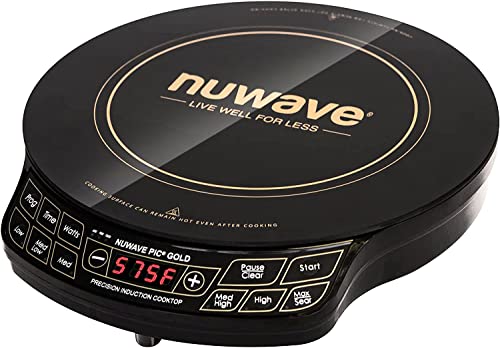How many amps an alternator return into a depleted battery at Idle is Extremely variable depending on the vehicle, its alternator, its manner of voltage regulation, the battery, and the wiring path between alternator and the depleted batteries.
It is not a simple manner to convert an alternator with internal regulation to one with external regulation so that one can employ a voltage regulator that was designed with depleted battery charging in mind.
An internally regulated alternator might really drop back the voltage once it gets hot and with less electrical pressure, less amps flow.
My alternator is rated at 50amps idle and 120 amps maximum, and it holds true to this except when it gets to 180F+ then max amps at hot idle drop to about 42 and keep going down with more temperature.
But with a ~25% depleted battery(75% state of charge), if the voltage regulator is asking for 14.7v my single 90AH AGM battery more than half way through its cycle life, will take 29 amps, If I lower voltage to 13.7, the battery only wants 9 amps. If the battery were newer and healthier these numbers would be higher
So even though my alternator at hot idle speed is capable of 50 amps, total, including that which is required to run the engine(8.2 amps at 550 rpm, 12.2 amps at 2000rpm, on my 89 dodge b250), only so much overhead exists at idle. Lights(~17 amps) and blower motor on high(~19 amps) and stereo at high volume(~8 amps) and my alternator cannot keep up at idle, and my battery provides the juice that the alternator cannot and voltage drops into the 12's and keeps dropping as long as I keep idling.
Bumping rpms tro 800 and I can het 68 amps from my alternator. My previous alternator I reduced the alternator pulley diameter about 12% so it would spin faster, and the total output increase was marginal, and not worth the price of the pulley, or the effort of installing it.
I'd suspect your 130 amp alternator is similar, capable of about 50 amps at idle, I have no Idea how much your engine's ignition and fuel pump and other electrical consumers require. Nor can I guess how long your voltage regulator will allow voltages in the mid 14s, especially at max output, and also unknown is the thickness of the charging path from alternator to batteries and all the resistance in that circuit, and the ground path.
But this ~50 amps is a best case scenario, if your voltage regulator was asking for mid 14 volts, and it wont, not for long, and it is no easy manner to simply convert to a better voltage regulator, especially on a modern computer controlled vehicle, and it is not something the average automotive electrician will know how to do either, not that they would ever admit it, nor would most understand why one would want to do so, as most have no idea what a battery really requires, other than more than 13 volts.
I would not idle to recharge unless I could have a temperature sensor on the alternator and stop( or start moving at 40mph +) when it got to 200F. How long this will take is, Again, Highly variable depending on all the other variables I listed earlier.
You can answer the question yourself, with a clamp on Ammeter, but note the voltage at the time, and check again not just after starting engine, but again after a drive when the batteries were depleted.
Very few do this, most will believe their alternator accomplishes more than it actually does. But ignorance is bliss, unless blissful ignorance is spouted as gospel, and causes others believe it.
Watching battery voltage and an Ammeter as one drives is very enlightening, and usually a bit disheartening.
about 10 days ago my 140 amp circuit breaker on my alternator to battery circuit tripped after less than 5 minutes of 75 to 95 amps. When my engine started making some heat, and i cranked blower motor to high, my ammeter indicated over 100 amps, and a few seconds later read 0.00amps and battery voltage dropped to 12.0, as the breaker tripped passing somewhere around 110 amps.
Achieving the full rated output of the alternator is certainly possible, it is just highly unlikely in most vehicles.











































